On This day...March 4th
This photo is of the seldom seen ‘USS Robin’ off Ford Island, Pearl Harbour - 4th March, 1943.
The loss of the Hornet (CV-8) at the Battle of Santa Cruz in October of ‘42 was a severe blow for US forces in the South Pacific, leaving Enterprise as the one operational, but damaged, carrier in the entire Pacific theater. As she retreated from the battle for repairs, the crew posted a now famous sign on the flight deck: "Enterprise vs. Japan”.
The only other US carrier was Saratoga, who’s own repairs were to keep her out of the front line until November 1942. The US needed some extra Carrier cover, and quick.
Message from President of United States of America to Prime Minister
on 5th December 1942.
‘Re: Carrier reinforcements for South West Pacific.’
“Your Despatch No. 217 of December 2, 1942, has received serious consideration. Your offers of co-operation are deeply appreciated. In spite of the advantages which would result from the employment of both VICTORIOUS and ILLUSTRIOUS as a tactical unit in the Pacific other considerations make it necessary to forego the services of VICTORIOUS there. If it becomes necessary to send yet another carrier to the Pacific in the near future, RANGER would be chosen because she does not require special preparation for operations with other American forces. The early arrival of ILLUSTRIOUS in Pearl Harbor is looked forward to with anticipation.”
As things worked out, the armoured carrier ‘HMS Victorious’ arrived in the US on December 31, 1942. She was dry-docked at Norfolk Navy Yard, Virginia, to have US-standard TBS (Talk Between Ships) radios, new aircraft homing system and radar equipment fitted. She also took on a USN liaison team of signals officers and code specialists.
The Royal Navy had no clothing that would be appropriate for the tropics, so the crew of Victorious were also issued USN uniforms; Khaki for officers and blue-jeans and shirts for the enlisted men.
The trip to Pearl was a little heavy going, one crewman writing, “Rough, why on that trip even the rats got sick … On the second day out water started coming over the flight deck and down into the hangar deck, it was inches deep at times and splashed from side to side with every roll of the ship”.
Fleet Air Arm pilots were not impressed with what they saw as the unnecessarily complicated and blind straight-on US deck landing system, a situation made worse as many of the US ‘batsman’ signals were the exact opposite to their own. (For example, both arms raised and outstretched at 45 degrees high was ‘Go Higher’ for the FAA pilots. For USN pilots it meant ‘You Are Too High’).
But the Victorious Captain, Mackintosh, insisted his pilots make the change. And make it effectively.
Captain Mackintosh was something of a rarity among the Royal Navy’s carrier commanders in that he had been a Fleet Arm flier so he quickly become a regular presence among the aircrew in Victorious’ wardroom, especially in this ‘change of allegiance’. His familiarity with procedure saw him have one of the new FAA Avengers hoisted aboard at Pearl so it could be measured and weighed for appropriate lashing points to be installed on the deck and hangar. A good man.
Avengers aboard 'USS ROBIN'. The square painted on the centre of the flight deck was a decoy lift intended to draw the aim of Japanese attackers to the strongest point of the armoured flight deck.
'The Robin' was also painted in the same manner as US carriers to reduce the chances of her being confused with Japanese ships by US observers. Her deck, however, was given an unusual disruptive pattern as seen in the photographs.
Although not seeing any direct action, (a USN Dauntless pilot spotted a solo ‘Betty’ bomber some 50 miles out from the fleet at Noumea but it escaped before the CAP fighters could arrive) the experiment had proved to be a success. No doubt the FAA aircrew were glad to be back in Victorious’ “wet” (alcohol available) wardroom and the USN pilots pleased to return to their more generous accommodation.
I could find two stories about why they named the Victorious the ‘Robin’; one was after Robin Hood, the other the Robin bird which typified Englishness to out American friends.
The British 8th Armoured Brigade moving through Kevelaer, Germany on 4th March 1945.
Propaganda Minister Josef Goebbels diary entry recorded his latest meeting with Hitler on March 4th, 1945...
“This evening I had a long interview with the Fuhrer. In contrast to last time I found him somewhat depressed — understandable in the light of military developments. Physically too he is somewhat hampered: I noticed with dismay that the nervous twitch on his left hand had greatly increased.”
“His visit to the front last Saturday went off very well. The general officers put on a good show and the soldiers cheered the Fuhrer. Unfortunately, however, the Fuhrer refuses to issue a press statement about his visit to the front. Today it is as essential as our daily bread…”
“I tell the Fuhrer in detail about my talk with General Vlasov [leader of the Russian fascist collaborators], especially about the methods used on Stalin’s orders to save Moscow in late autumn 1941. The Soviet Union was then in exactly the same situation we are in today. At that time she took decisive measures which various important people on our side have neither the nerve nor the energy to take today.”
“I submit to the Fuhrer my plan to intercept soldiers on the move and form them into new regiments. The Fuhrer approves this plan.”
“He also agrees that we should form women’s battalions in Berlin. Innumerable women are volunteering to serve at the front and the Fuhrer is of the opinion that, provided they volunteer, they will undoubtedly fight fanatically. They should be placed in the second line, then the men in the front line will lose all desire to withdraw.”
The San Agustin Church, Manila, March 4th, 1945. This is the rear southeast corner of the church and shows just how they really don’t make them like they used to...
Crew of a Sherman M4A3 from the 14th Armored Division ‘Liberators’ drive through a wired connection. For added protection against 'Panzerfaust', the tank was coated with sandbags. Rittershoffen, Alsace, north-eastern France. March 4,1945
Rare photo of an Me 210. ZG1 - 'yellow L', .The aircraft crashed due to unknown reason during take off on 4th March 1943 in Gerbini, Sicily.
On March 4, 1942, two Kawanishi H8K ‘Emily’ flying boats embarked on Operation K (second attack on Pearl Harbour) flying the longest distance ever undertaken by a two-plane bombing mission to that point. The planes refueled via submarines at an atoll 500 miles from Hawaii, and then launched to drop their bombs on Pearl Harbor. Due to cloud cover and confusion between the two pilots, one plane dropped its bombs on an empty mountainside and the other dropped its bombs in the ocean. There were no casualties.
USS Indianapolis leaving the upper chamber of the Miraflores Locks in Panama Canal, 4th of March, 1933.
Beautifully shot aerial view of USS Alabama in the Atlantic, the 4th of March, 1943.
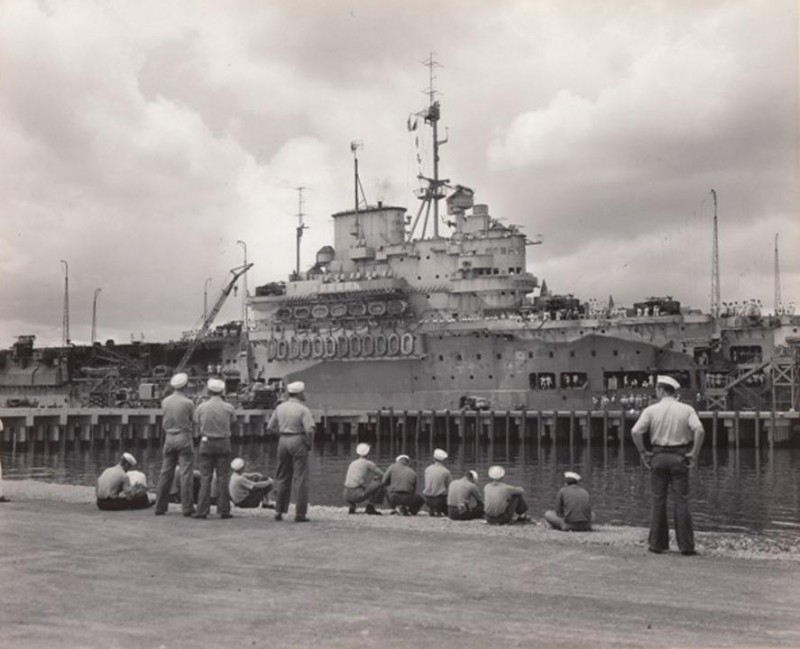
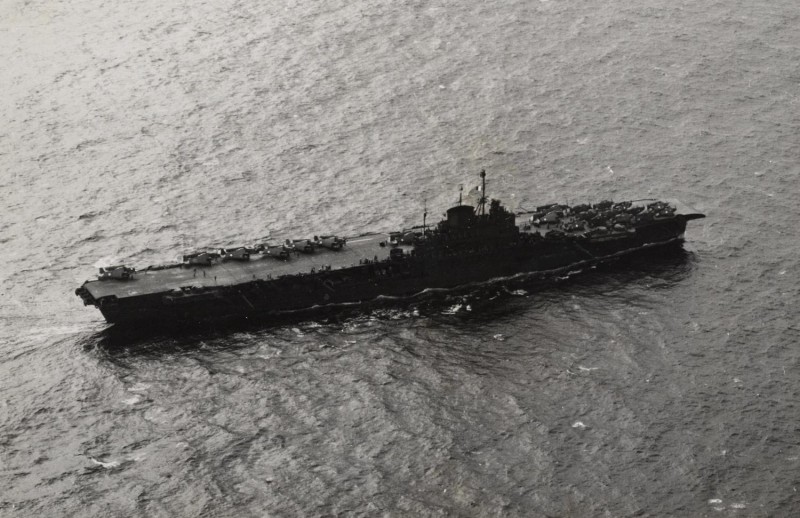
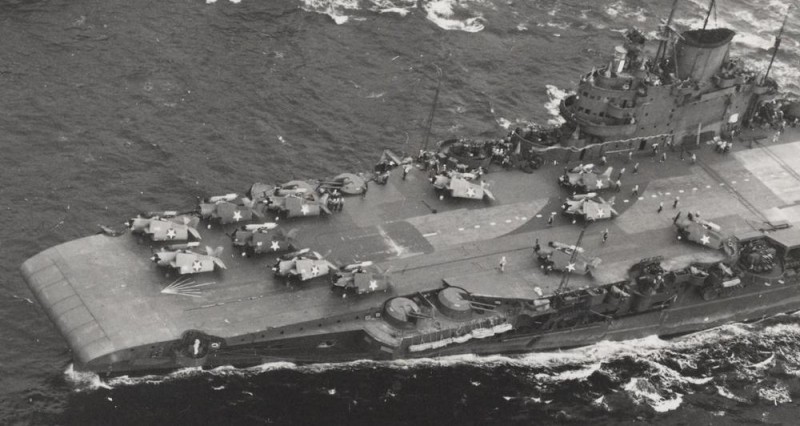
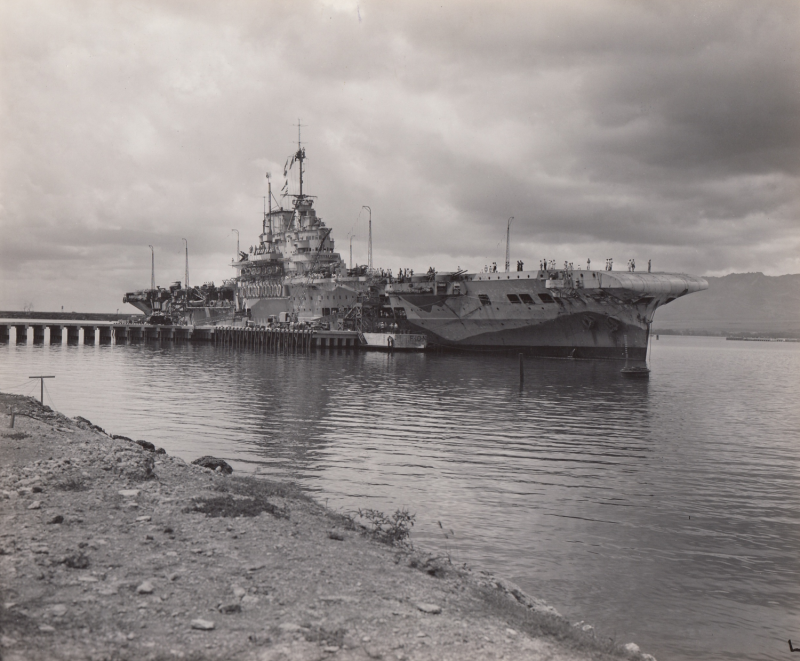

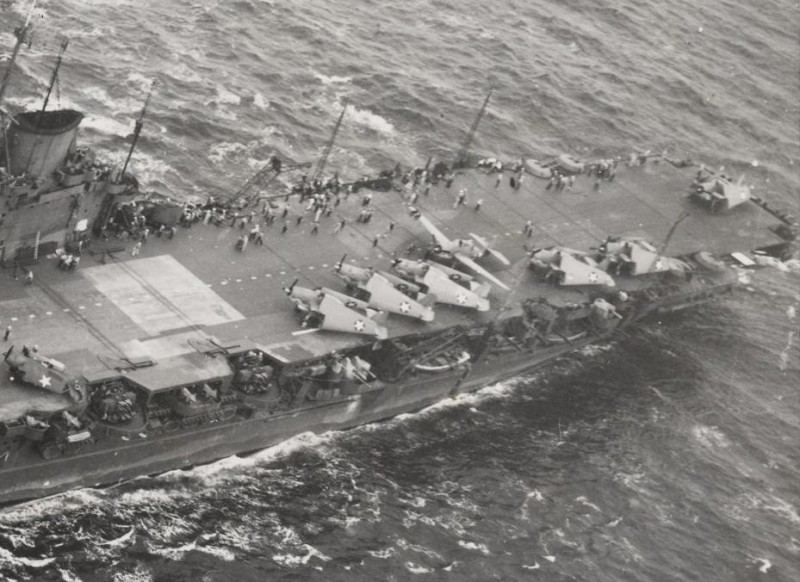
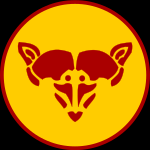

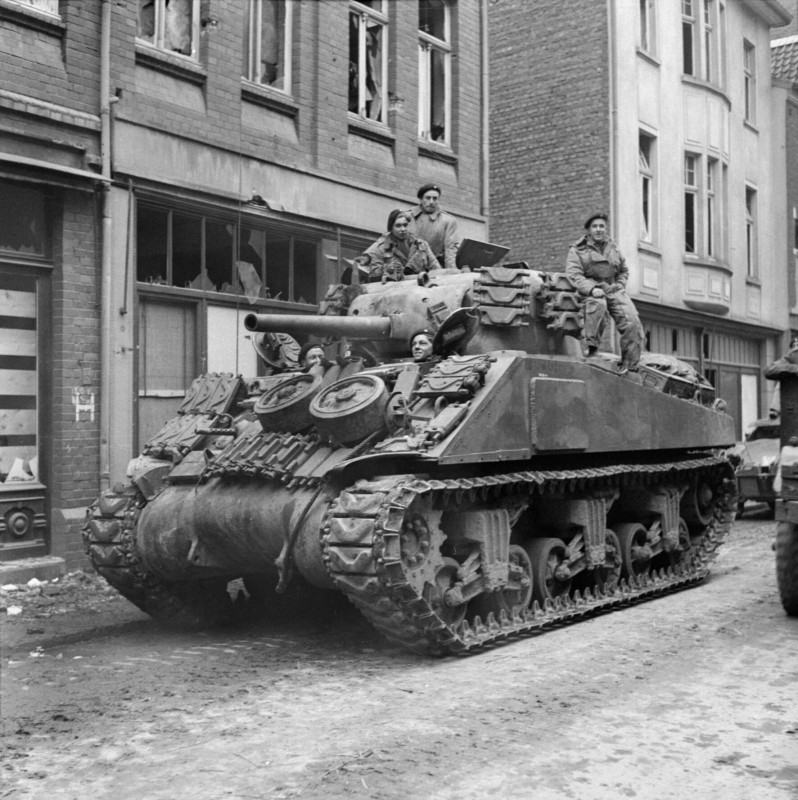

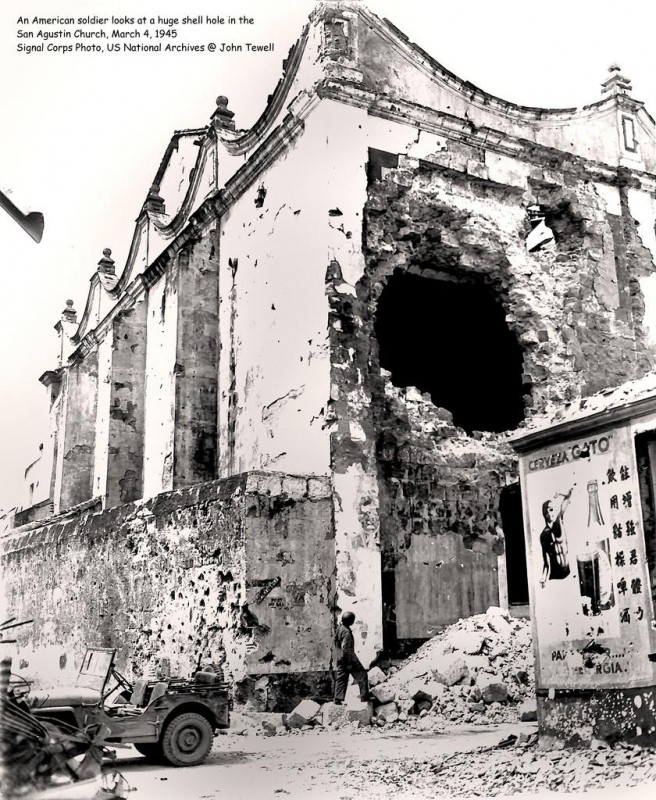
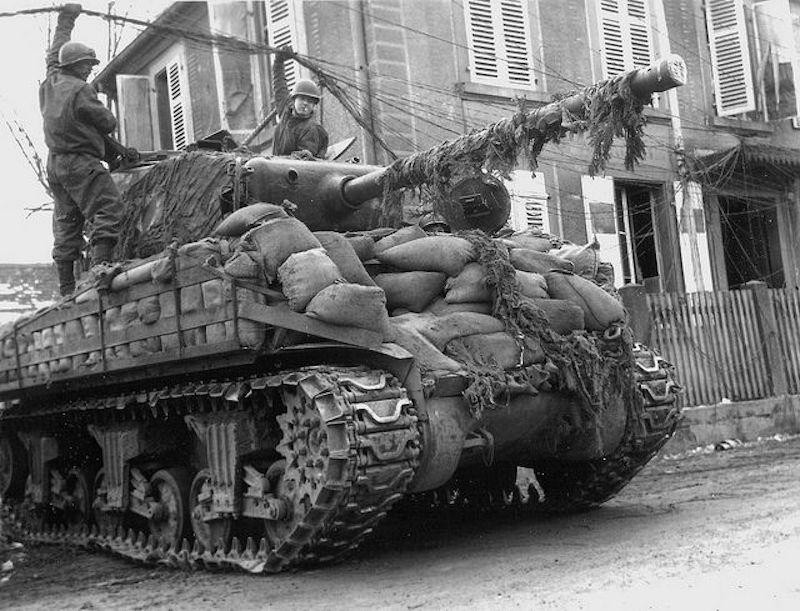
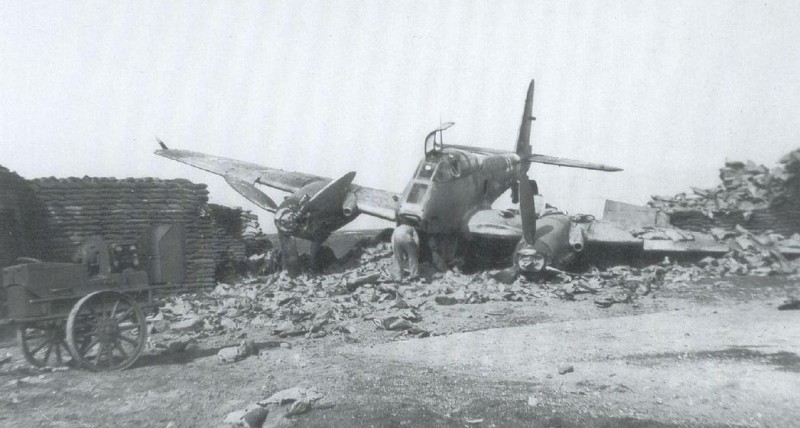



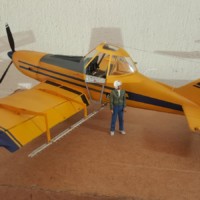

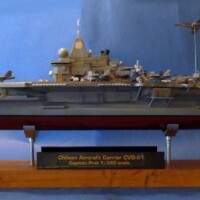
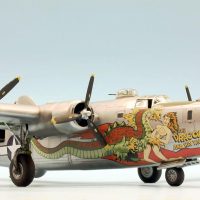
I learn from you every day, David.
Absolutely !
Thanks, David. In full disclosure, I’d never heard the story of USS ‘Robin’ before today.
Great pics of USS Robin David!
Thank you, Mr. Mills, deeply appreciated.
Fascinating!
Always interesting, David. Outstanding ... as always!
An absolute pleasure, Jeff.
I really enjoyed reading about HMS Victorious. I never went on board her, but as a lad, I can remember seeing her tied up along side in Portsmouth Dockyard.
1 attached image. Click to enlarge.
Verry interesting.
USS Robin also had her "landing on" round-down revised to be more like the USN version. In my research, I have not found a particular reason for the code name other than it was "recognizeable."
USS Robin did participate in carrier operations with USS Saratoga during the Central Solomons campaign in the spring of 1943, providing air cover for the invasion of Rendova. The experience of the FAA aircrew in operating "USN style" would revolutionize RN carrier operations for the rest of the war in speeding up the operation cycle.
That summer of 1943, she returned to the UK via San Francisco. She brought a number of US naval aviators back with her, including VB-13's LT John Bridgers, on his way to commission VB-15 of the top-scoring Air Group 15. 14 months later, at age 24 and promoted to LCDR, Bridgers would lead the entire strike of TF 38 against the Japanese carriers off Cape Engano in the Battles of Leyte Gulf, and would drop the killing blow on "Zuikaku," the last survivor of the six carriers that struck Pearl Harbor, thus making good on his personal vow of vengeance when he first arrived in Pearl Harbor in January 1942 and saw the effect of the Japanese strike the month before. As he flew back to Essex from that strike, "I thought to myself that the Navy's investment in me had been repaid."
Hello David,
Thanks for sharing. Especially the story from USS Robin was new to me.
Regards, Dirk